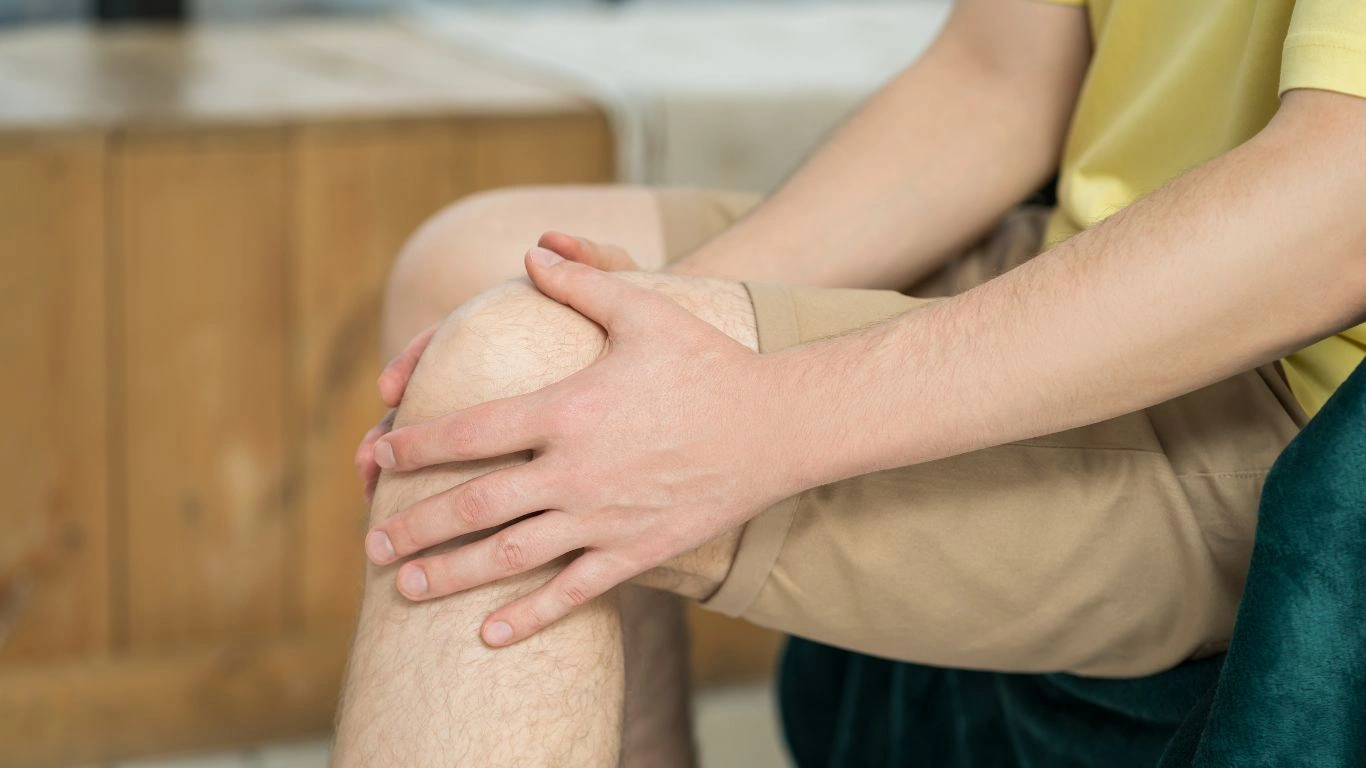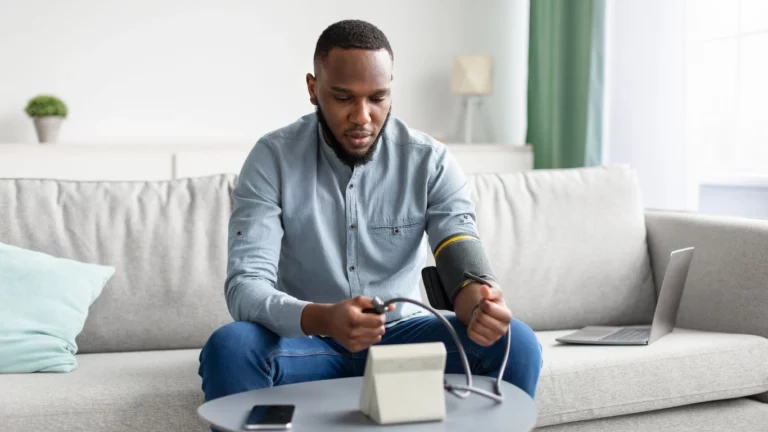What RA Joint Pain Feels Like: Why It’s More Than Just Aches
If you’ve ever asked yourself what RA joint pain feels like, you’re not alone—and as a Rheumatology nurse practitioner, I’ve had this conversation more times than I can count. Rheumatoid arthritis (RA) pain isn’t just your typical ache or stiffness after a long day. It’s deep, persistent, and can feel downright cruel. One of my patients once described it as “a dull, hot weight sitting inside my joints”—and honestly, that’s not far off. RA is more than inflammation; it’s personal, unpredictable, and often misunderstood.
Understanding the Nature of RA Pain
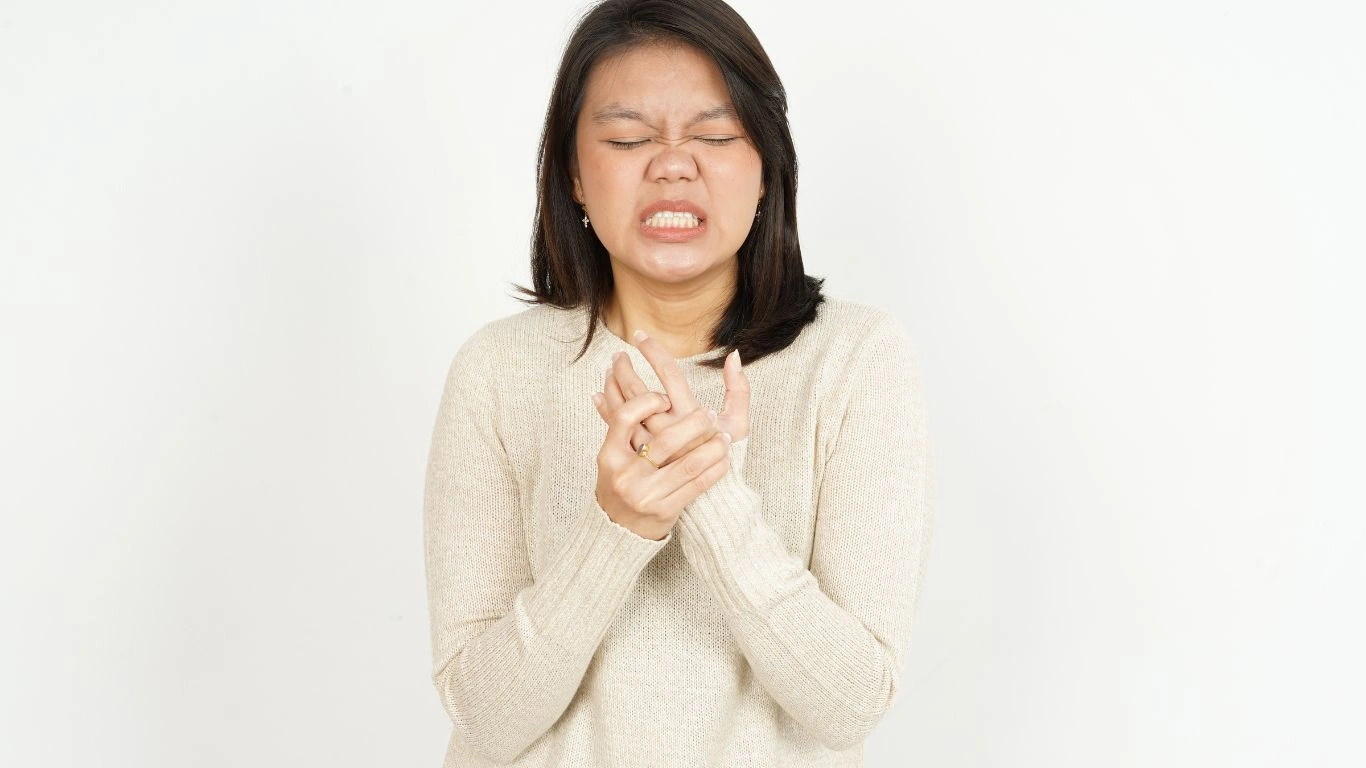
It’s Not Just Morning Stiffness
We’ve all woken up with stiff joints before, but RA stiffness is in a league of its own. It can take hours—yes, hours—for joints to “loosen up” in the morning. I remember one woman telling me she had to set her alarm two hours early just to take her meds and warm up before she could get out of bed. That kind of daily routine takes a toll not just physically, but mentally too.
A Burning, Throbbing Ache
What RA joint pain feels like is often described as a burning or throbbing sensation that lingers beneath the skin. It’s not always excruciating, but it’s always there, humming in the background like static you can’t turn off. On flare days, it can spike into sharp, stabbing pains, especially in smaller joints like the fingers, wrists, or toes.
The Symmetry is a Clue
One of the distinctive features of RA is the symmetrical pain. If one wrist is acting up, you can almost bet the other one will join the party. This symmetry can help differentiate RA from osteoarthritis, which tends to be more random. That mirror-like inflammation can make everyday tasks—like buttoning a shirt or opening a jar—feel like you’re attempting a CrossFit challenge.
Common Areas Where RA Pain Shows Up

The Hands and Fingers
This is probably the most notorious spot for RA pain. The fingers can feel swollen and tight, almost like someone pumped air into them. Patients often report a “sausage-like” swelling—very descriptive and, unfortunately, very accurate. Simple movements like gripping a pen or holding a coffee cup can become excruciating.
The Knees and Ankles
These joints carry a lot of weight—literally—so when RA strikes them, walking and standing can feel like a punishment. I’ve had folks in their 30s and 40s tell me they needed to use a cane just to get around the grocery store on bad days. And what makes it harder? The pain tends to come and go, which means people often doubt it’s “real” when they see you walking one day and limping the next.
The Shoulders and Elbows
Not as commonly talked about, but just as disruptive. When the shoulders are involved, even lifting a bag or reaching for something on a shelf can bring on a sharp sting. I’ve had patients who couldn’t wash their hair or carry their baby during a flare—and that emotional impact often hurts just as much as the physical symptoms.
How It Feels Beyond the Pain
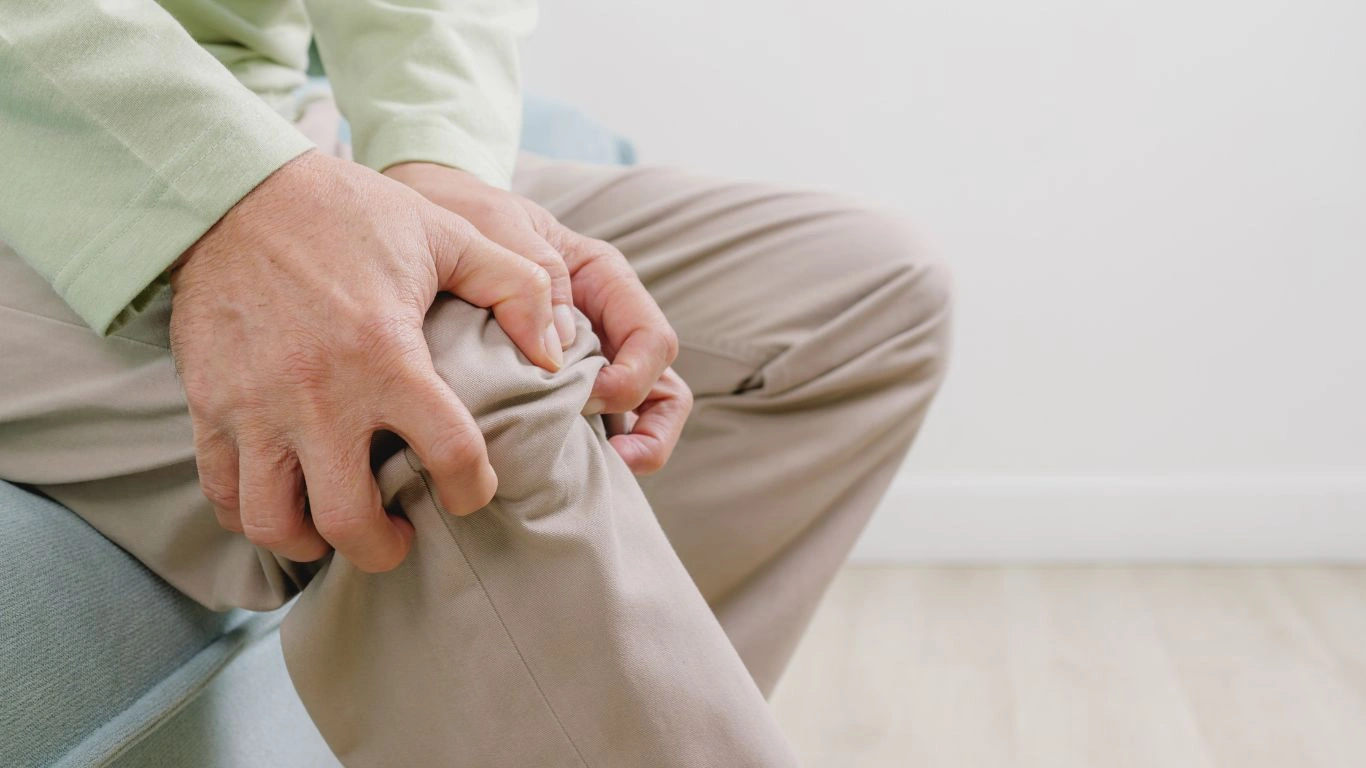
Fatigue That’s Hard to Explain
Here’s something not everyone talks about: the exhaustion. It’s not just being tired—it’s bone-deep fatigue that feels like your limbs are made of cement. And guess what? It doesn’t always come after activity. You could be lying down all day and still feel completely wiped. This kind of fatigue is invisible, but it’s one of the most debilitating aspects of living with RA.
The Emotional Weight of Chronic Pain
Let’s be honest: dealing with pain day in and day out is exhausting. Emotionally, it wears people down. I’ve seen patients break down in my office—not because the pain got worse, but because they just felt unheard or misunderstood. That’s why I always tell my patients: you’re not crazy, you’re not weak, and you’re definitely not alone.
Flare-Ups vs. Remission: The Rollercoaster
RA isn’t constant—it’s unpredictable. One week you might feel okay, and the next, you’re sidelined. Flare-ups can hit like a freight train, and sometimes there’s no obvious trigger. And when you do get a period of remission? It can be hard to trust it. That fear of the next flare is always lurking, like a storm cloud in the distance.
How RA Joint Pain Affects Daily Life

Little Things Become Big Struggles
One of the things I hear most from patients is how what RA joint pain feels like really hits home during everyday tasks. It’s the tiny things—twisting a doorknob, brushing your hair, chopping vegetables—that sneak up on you. I had a patient, a young mom, who told me she dreaded snack time because opening juice boxes made her cry. Sounds silly until you’ve lived it, right?
Work and Productivity Can Take a Hit
Managing a job while living with chronic pain is no small feat. Sitting too long at a desk? Pain. Standing for hours on your feet? Pain. Even typing can light up the wrists and fingers. I’ve had patients who were teachers, nurses, cashiers—you name it—who had to cut their hours or switch careers altogether. That’s a major life shift, not to mention the emotional toll it can take.
Relationships and Social Life? Complicated.
RA pain doesn’t take weekends off. Canceling plans becomes normal, but it still hurts—both physically and emotionally. Friends don’t always understand why you’re fine one day and out of commission the next. And intimacy? That’s often the elephant in the room. When your joints are flaring, cuddling, holding hands, or being intimate can feel like climbing Mount Everest.
Describing the Pain: Real Words From Real People

Patient Voices Speak Volumes
Let’s be real—clinical terms only go so far. Over the years, I’ve collected some pretty raw, vivid descriptions from my patients. Here are a few that stuck with me:
- “It’s like my joints are rusted shut and every move is a squeaky hinge.”
- “Feels like someone poured hot lava into my knees.”
- “My fingers feel like they’re being twisted with pliers—slowly.”
- “Some days, it’s like my bones are wearing the wrong size skin.”
That last one gave me chills. It’s why I always try to listen more than talk in those appointments. Because what RA joint pain feels like isn’t something you can measure on a scale—it’s lived, every minute, every day.
No One Experience Is the Same
Even with all the similarities, RA pain can look and feel different for everyone. I’ve treated patients whose main issue was joint swelling, while others had minimal swelling but intense fatigue. Some flare monthly, others yearly. Some feel it worst in their hands, others in their jaw or spine. It’s a reminder that treatment—and empathy—needs to be just as individualized.
Triggers That Can Make RA Pain Worse

Weather Fluctuations
Yep, the rumors are true. A lot of people with RA are practically human barometers. Sudden drops in temperature or changes in humidity can kickstart a flare. One of my long-time patients calls it her “joint forecast.” She usually knows it’s going to rain before the weatherman does—and she’s usually right.
Stress—The Invisible Aggravator
This one’s big. Emotional stress can light up an immune response like a wildfire. We often underestimate how deeply mental health ties into physical well-being, especially with autoimmune conditions. I’ve had folks notice a direct link between arguments, deadlines, or grief and a sudden flare-up of pain. Deep breathing, gentle movement, therapy—all of it matters.
Infection or Illness
Any infection, even a simple cold or UTI, can send your immune system into high alert, making RA symptoms worse. That’s why it’s crucial for folks with RA to stay on top of vaccinations and call their provider at the first sign of illness. I’ve seen flares triggered by dental infections, stomach bugs—things most people wouldn’t think twice about.
Overexertion or Inactivity
It’s a balancing act. Too much activity and the joints scream. Too little, and they stiffen up like cement. That middle ground is golden, and it’s something I work on with patients all the time. Gentle stretching, low-impact exercise, pacing—it’s all part of the daily rhythm when you’re living with RA.
Certain Foods (for Some)
Not everyone’s sensitive to diet, but I’ve had a handful of patients swear that gluten, sugar, or processed foods worsened their joint pain. There’s no one-size-fits-all rule here, but if you notice patterns, it’s worth tracking. I usually recommend a simple food and symptom journal—it’s old school, but it works.
Managing RA Joint Pain: What Actually Helps?

There’s No One-Size-Fits-All Fix
If there’s one thing I’ve learned in my years as a Rheumatology NP, it’s that managing RA is like assembling a puzzle. Everyone’s pieces look a little different. Some patients swear by biologics, others find more relief from lifestyle shifts. My job—and my passion—is helping people figure out what works *for them*. Let’s talk about some of the most helpful tools I’ve seen in real life.
Medications: The Backbone of Control
DMARDs (Disease-Modifying Antirheumatic Drugs) and biologics are a game-changer for many people. These aren’t your run-of-the-mill painkillers—they actually target the root of the inflammation. I’ve had patients who went from barely being able to hold a toothbrush to gardening again after a few months on the right med combo.
That said, finding the right med can take time. There’s often a lot of trial and error, and yes, some side effects to navigate. But with good follow-up and honest conversations, most people find a regimen that brings stability.
Movement—Yes, Even When It Hurts
This part surprises people: movement is medicine. I’m not talking about running marathons. I’m talking about gentle, daily movement—stretching, walking, swimming, yoga. These keep joints lubricated, muscles strong, and inflammation in check. I often recommend chair yoga or aquatic therapy for those who feel stuck. It’s amazing what 10 minutes a day can do.
Heat, Cold, and the Magic of Epsom Salt
Don’t underestimate the power of simple things. Warm compresses, heating pads, and hot showers are amazing for stiffness. Ice packs help dial down swelling during flares. And Epsom salt baths? Total relief. I take them myself when my own joints act up (yep, even providers can deal with autoimmune stuff—it keeps us human).
What RA Joint Pain Feels Like—Long-Term
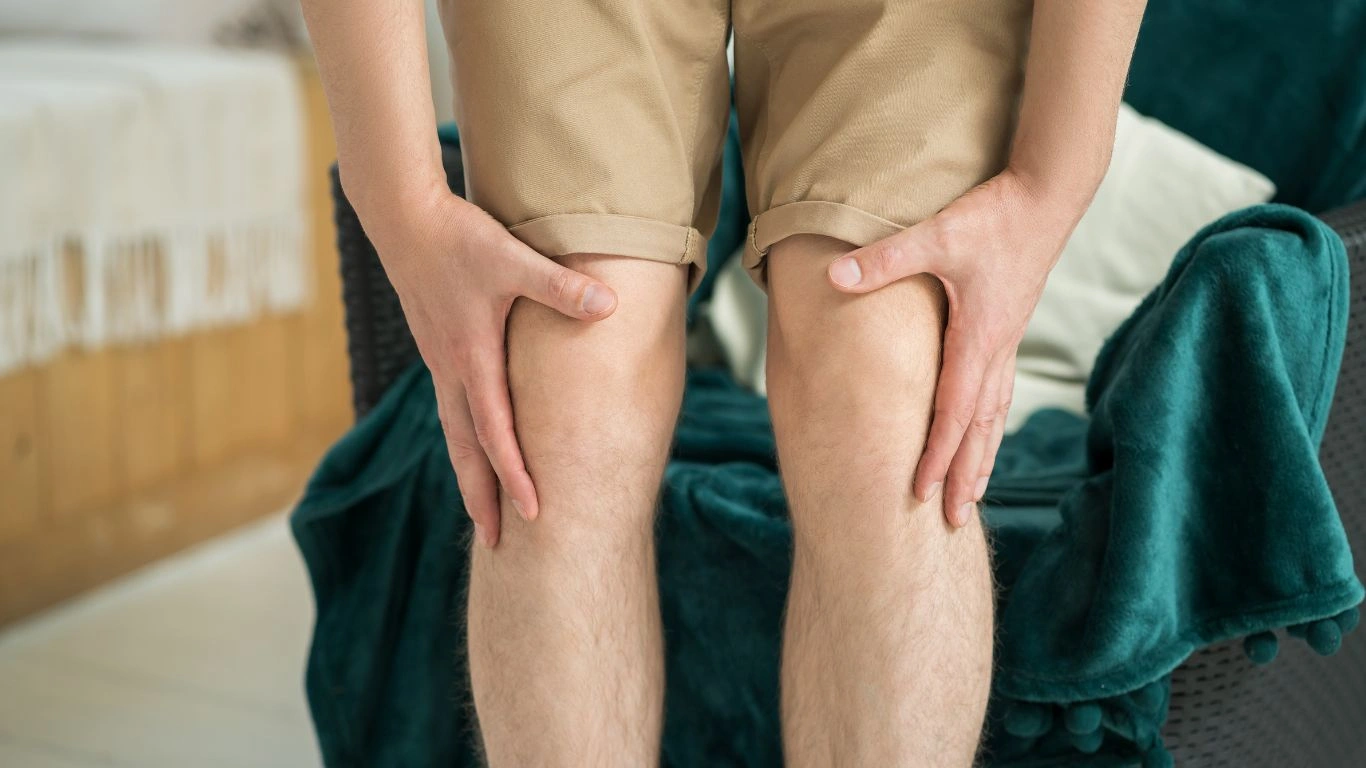
Adapting Without Giving In
Long-term, RA pain becomes a part of your life—but it doesn’t have to define it. Over the years, I’ve seen people find incredible ways to adapt. Tools like jar openers, ergonomic keyboards, compression gloves, and grabber tools can be game changers. One patient even customized her kitchen with lowered shelves so she could keep cooking—her favorite thing in the world.
The Mental Side Is Just as Important
I can’t stress this enough: mental health matters. Living with chronic pain wears you down. The unpredictability, the guilt, the feeling of being “high maintenance”—it’s a heavy load. Connecting with a therapist who understands chronic illness or joining an RA support group (even an online one) can lift a weight you didn’t realize you were carrying.
Support Systems Make the Difference
Whether it’s a spouse who warms up your heating pad or a friend who knows not to take a last-minute cancellation personally—having people who get it makes the difference. I always encourage my patients to bring someone to appointments. It helps them remember the plan, sure—but it also helps validate the journey.
Listening to Your Body—And Your Gut
Tracking Flares Can Reveal Patterns
One of the most empowering things I’ve seen patients do is start a flare diary. Track what you eat, how you sleep, your stress levels, weather changes—and of course, your symptoms. You’ll start to notice connections. Maybe dairy triggers joint swelling. Maybe stress makes your knees scream. That knowledge is power.
Advocate for Yourself
Here’s the truth: no one knows your body better than you do. If something doesn’t feel right, speak up. Ask questions. Push for answers. Get second opinions if needed. RA care isn’t a one-way street—it’s a partnership. And when patients are empowered, outcomes improve. Every time.
Wrapping It Up With Real Talk
This Pain Is Real—And You’re Not Alone
If you’ve made it this far, just know: I see you. RA isn’t just a joint condition—it’s a life condition. And what RA joint pain feels like is something that deserves to be talked about openly, with honesty and compassion. I hope sharing a bit of my experience (and my patients’ stories) has helped you feel a little more understood.
More Info & Resources
For more guidance, evidence-based resources, and updates on RA care, I often refer patients to:
Disclaimer
This article is based on professional experience and current guidelines but is not a substitute for medical advice. Please consult your healthcare provider for personalized care.

Tarra Nugroho is a dedicated Nurse Practitioner with a strong foundation in family and preventive care. She brings both compassion and clinical expertise to her practice, focusing on patient-centered care and health education. As a contributor to Healthusias.com, Tarra translates medical knowledge into clear, empowering articles on topics like women’s health, chronic disease management, and lifestyle medicine. Her mission is simple: help people feel seen, heard, and informed—both in the clinic and through the content she creates. When she’s not caring for patients, Tarra enjoys weekend hikes, plant-based cooking, and curling up with a good health podcast.
